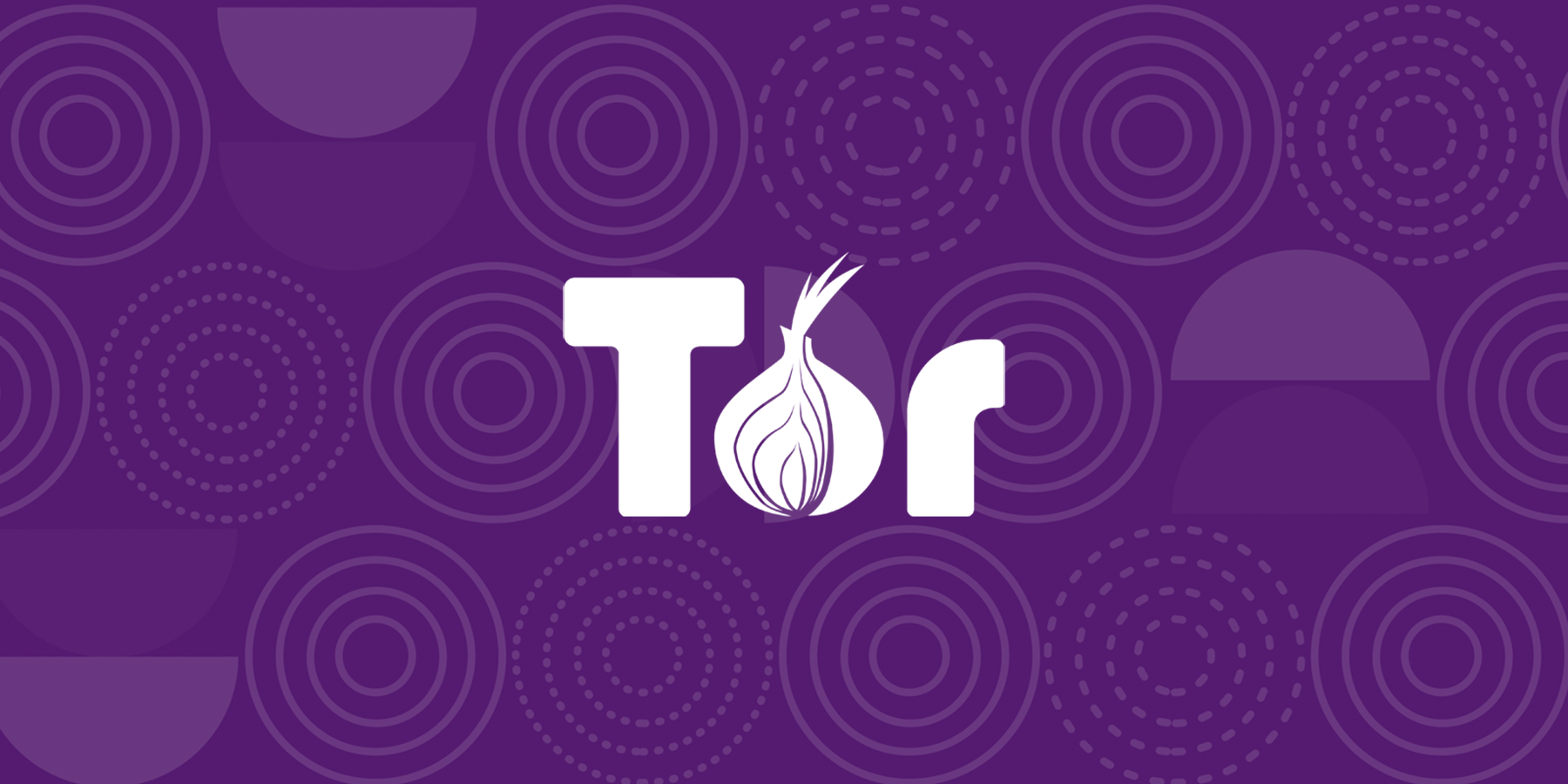BOOK THIS SPACE FOR AD
ARTICLE AD
The Cactus ransomware gang claims they stole 1.5TB of data from Schneider Electric after breaching the company's network last month.
25MB of allegedly stolen were also leaked on the operation's dark web leak site today as proof of the threat actor's claims, together with snapshots showing several American citizens' passports and non-disclosure agreement document scans.
As BleepingComputer first reported, the ransomware group gained access to the energy management and automation giant's Sustainability Business division on January 17th.
The gang is now extorting the company, threatening to leak all the allegedly stolen data if a ransom demand is not paid.
It is currently unknown what specific data was stolen, but Schneider Electric's Sustainability Business division provides renewable energy and regulatory compliance consulting services to many high-profile companies worldwide, including Allegiant Travel Company, Clorox, DHL, DuPont, Hilton, Lexmark, PepsiCo, and Walmart.
Given this, the data stolen from its compromised systems could include sensitive information about customers' industrial control and automation systems and information about environmental and energy regulations compliance.
Schneider Electric is a French energy and automation manufacturing multinational that employs over 150,000 people worldwide.
The company reported a $28.5 billion revenue in 2023 and previously fell victim to Clop ransomware's MOVEit data theft attacks that impacted more than 2,700 other organizations.
 Schneider Electric entry on Cactus leak site (BleepingComputer)
Schneider Electric entry on Cactus leak site (BleepingComputer) Cactus ransomware is a relatively new operation that surfaced in March 2023 with double-extortion attacks.
Its operators breach corporate networks using purchased credentials, partnerships with various malware distributors, phishing attacks, or exploiting security vulnerabilities.
After gaining access to a target's network, they move laterally through the compromised network while stealing sensitive data to use as leverage in ransom negotiations.
Since its emergence, the Cactus ransomware has added over 100 companies to its data leak site. The threat actors have already leaked some data online or are threatening to do so while still negotiating a ransom.
.png)















 Bengali (Bangladesh) ·
Bengali (Bangladesh) ·  English (United States) ·
English (United States) ·